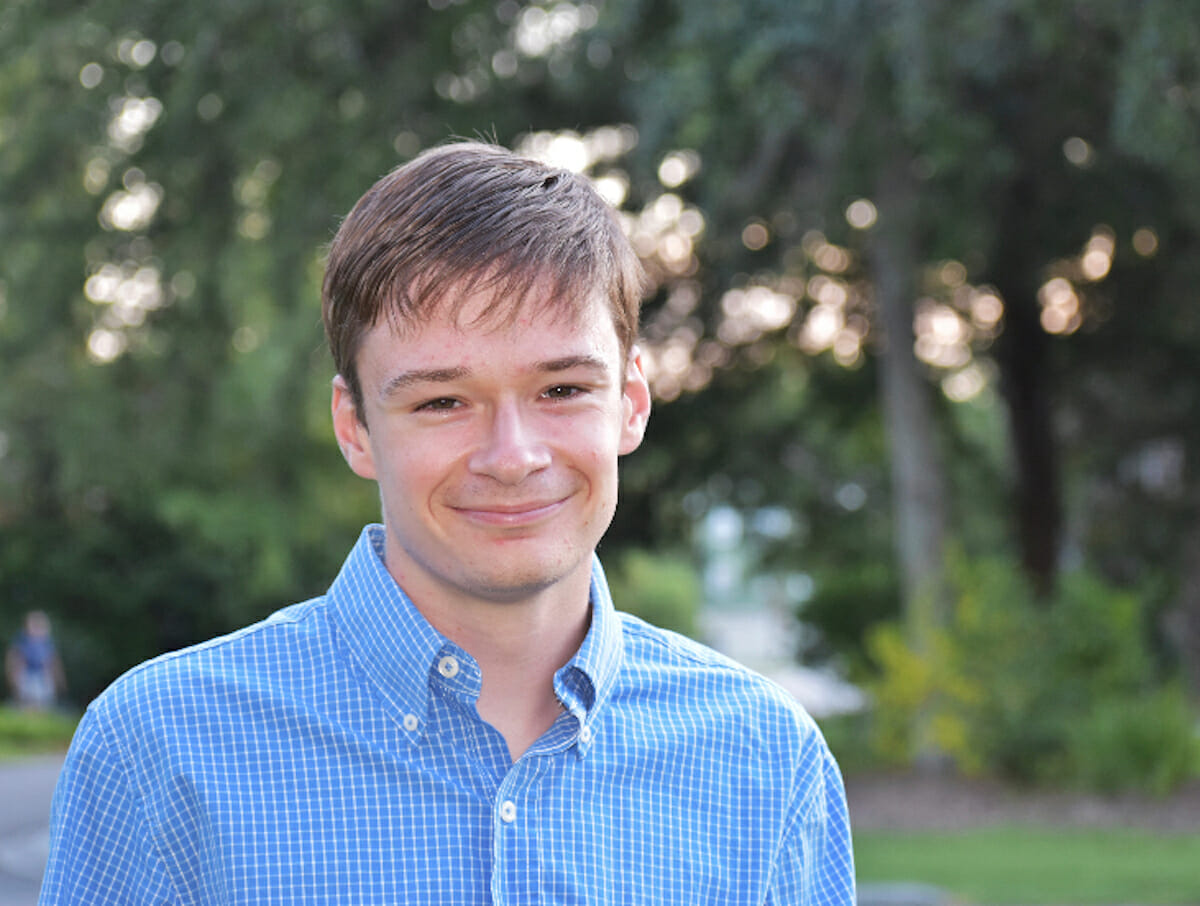It is Tuesday, and I’m sitting in the lobby of the Hotel Coolidge in White River Junction, Vt. The Coolidge is a throwback to the 1920s — small rooms, low ceilings and long dark corridors. But our room is spotless, the lobby comes with coffee, the staff is upbeat.
My wife and I are at The Coolidge because we wanted to spend time at the least visited National Historic Site in the United States — that being the home of Augustus Saint-Gaudens. I also wanted to see the sculptor’s bronze tribute to Robert Shaw and the 54th Massachusetts Regiment.
Saint Gaudens also sculpted Abraham Lincoln, William T. Sherman and Admiral David Farragut. Bronze castings (from the original molds) are scattered around the bucolic, sparsely-peopled site. One gets to see these sculptures and the two studios where Saint-Gaudens did his work with a large crew of assistants. But the big draw is Shaw and the 54th.
Colonel Robert Shaw, a 25 year-old Harvard drop-out, is seen advancing on Fort Wagner with his Black infantry. It is their faces — stoic, stern African American faces – that give this huge piece its drama, its beauty. Although the 54th was raised in Boston, these were free Black men from Ohio, Indiana and New York. These were Black men who wanted to show they were willing to die — and die they did in July of 1863.
The battle at Fort Wagner on Morris Island was an undisputed disaster for the 54th. It was a frontal assault against the dug-in, bunker-protected Confederates. In the process, the 600-man Regiment sustained 281 casualties — almost half its strength — with 54 killed and 48 never accounted for. The sand-dune fort, reinforced by The Citadel graduate Johnson Hagood and a regiment from Georgia, withstood repeated assaults as well an apocalyptic bombardment from Federal gunboats.
For years I owned a small cottage at Land’s End on St. Helena, and this is where the 54th was camped prior to their assault on Ft Wagner. For a few years, I worked at Penn Center, and I’ve now learned that the 54th would sometimes march up the Land’s End Road to the Brick Baptist Church.
After Fort Wagner, most of the wounded were treated at “The Castle” on the Point, and some may be buried at Beaufort’s National Cemetery. The Beaufort connections are manifest.
If nothing else, Fort Wagner demonstrated the now obvious fact that these men would fight with tenacity. And they were willing to die.
It wasn’t the end of the war, but it meant that the 3.5 million white men available for duty in the North, could be supplemented by freed slaves who were making their way toward the Union lines — to William Tecumseh Sherman in particular.
A year after the Battle of Fort Wagner, Sherman began his invasion of the South, famously giving the City of Savannah to Abraham Lincoln as a Christmas present. When he departed Savannah, the rag-tag Confederate forces under Hardee didn’t know where Sherman was going. Would it be Charleston or Columbia or Augusta?
It was clear that Sherman wanted to keep the Confederate Army, such as it was, confused and divided. Historians now say that Sherman knew Charleston was then a ruin, and of no military significance, and was always headed to Richmond, Va., to meet up with Ulysses Grant and bring an end the end of the Civil War. Charleston was not in Sherman’s line of march.
In 1888, Augustus Saint- Gaudens sculpted Sherman in his New Hampshire studio — though the aging general was allegedly irritated during the 18, two hour-long sittings. One can now see the General’s irascible face in the Saint- Gaudens’ studio.
In 1892 it was decided that Saint-Gaudens would do a larger, heroic statue of Sherman for New York’s Central Park. It was decided that the General would be on his horse, led by a young, toga-wearing woman, and the work would be clad in gold leaf.
And so, for some years, the gleaming statue was a destination for grateful Union veterans and a few outraged, oath-swearing Confederate veterans. But the gold gilding was losing its luster. In November, 2013 Sherman was re-gilded at cost of $500,000.
A year later, for unknown reasons, the re-regilded statue began to peel, actually losing parts of its coating. And so funds were again raised, and the Ohio warrior was made golden once more. This time the gold leaf seems to be sticking.
Scott Graber is a lawyer, novelist, veteran columnist and longtime resident of Port Royal. He can be reached at cscottgraber@gmail.com.







